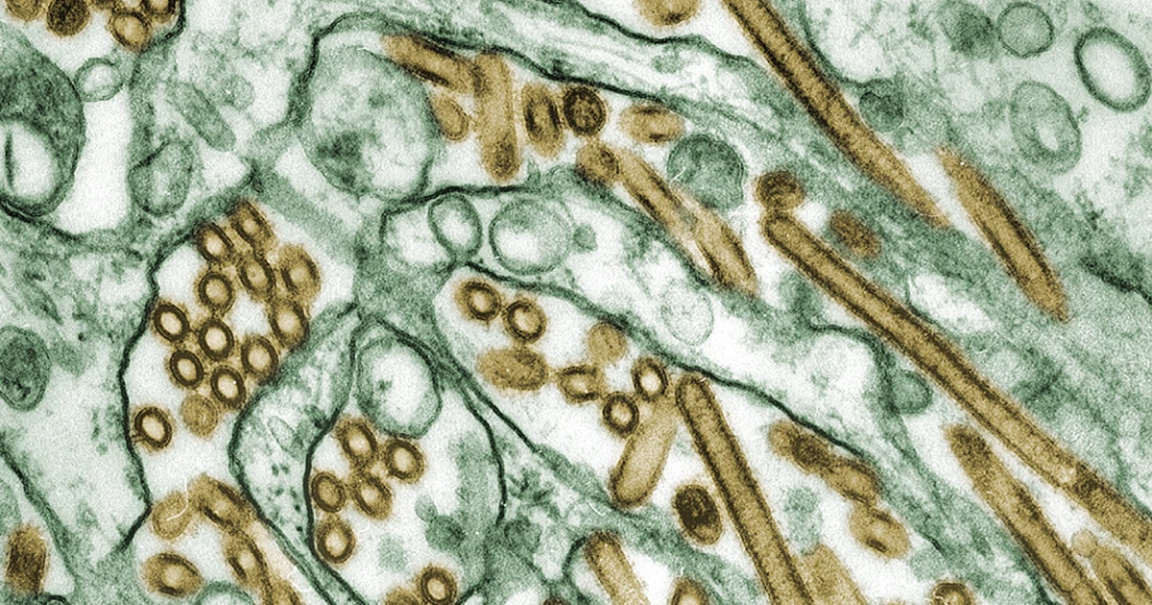According to a Centres for Disease Control and Prevention research released Thursday, H5N1 avian flu samples taken from a critically sick patient in Louisiana reveal evidence of changes that might increase the virus’s human transmissibility.
It is thought that the unnamed patient, who was admitted to the hospital with severe respiratory symptoms, got bird flu by being among ill and dead birds in a backyard flock.
The unidentified patient is said to be over 65 with underlying medical issues and is the second individual in the US to be hospitalised with the illness.
The viral strain that infected the Louisiana patient was distinct from the one that infects dairy cows and sometimes infects farmworkers in the United States.
The virus may be able to adhere to cells in the human upper airway, according to genetic analysis of two samples taken from the Louisiana patient.
Because bird flu viruses like H5N1 usually bind to cell receptors present in birds and other animals but not often in humans,




